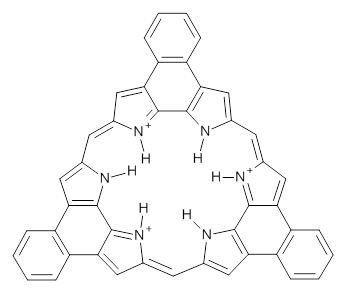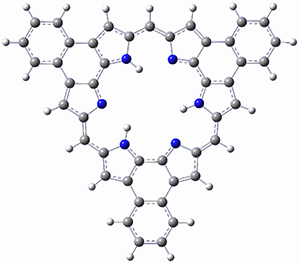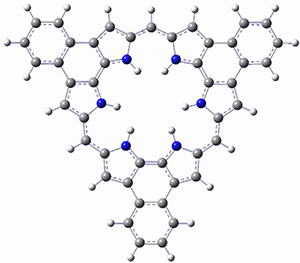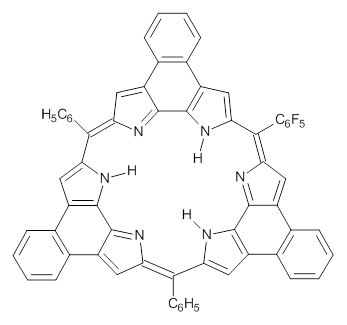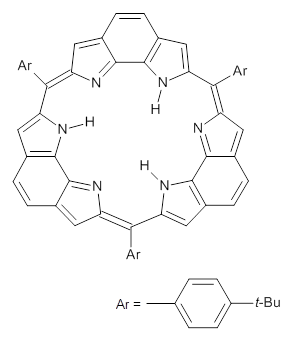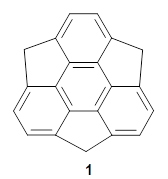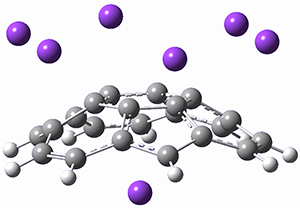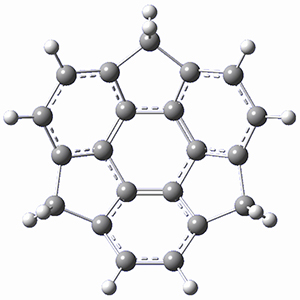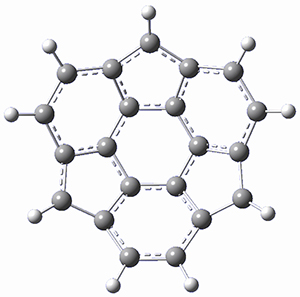Contributed by Jan Jensen
Sometimes you read an article and think "wow, is it really that easy?" This paper by Rienstra and co-workers is one of them. Protein structure determination based purely on chemical shifts is hard. Protein structure determination based purely on unassigned chemical shifts is even harder and I freely admit that I don't understand half of what is written in most papers on automated chemical shifts assignments.
The method called, COMPASS, has 4 steps
1. An unassigned 2D $^{13}$C-$^{13}$C spectrum of aliphatic carbon atoms is measured experimentally for a given protein.
2. A standard MODELLER-based protocol is used to generate hundreds of candidate structures for the same protein.
3. SHIFTX2 is used to compute a 2D $^{13}$C-$^{13}$C spectrum for each candidate structure, i.e. all covalently bonded aliphatic carbons contribute a peak.
4. The measured spectrum is compared to each computed spectrum (based only a simple peak-closest peak distance criterion) and the candidate structure that results in the best match is predicted protein structure.
And it works:
We demonstrate COMPASS with experimental data from four proteins—GB1, ubiquitin, DsbA, and the extracellular domain of human tissue factor—and with reconstructed spectra from 11 additional proteins. For all these proteins, with molecular mass up to 25 kDa, COMPASS distinguished the correct fold, most often within 1.5 Å root-mean- square deviation of the reference structure.
Well, there is one protein (stR65) for which COMPASS didn't work as MODELLER did not produce any candidate structures whose C$\alpha$ RMSD was within 10 Å of the x-ray structure. One cannot tell that the approach fails directly from the spectrum-comparison score but the authors show that, in case only, candidate structures with the five lowest spectrum-comparison scores differ wildly from each other. So it looks like the COMPASS approach can also identify problem cases.
I was initially quite surprised that SHIFTX2 was sufficiently sensitive to changes in the protein structure for this to work but as the authors point out that "the scores depend not only on the C$\alpha$-C$\beta$ correlations, which report most strongly on secondary structure, but also on cross-peaks involving side-chain carbons, which report more strongly on the local environment."
It would of course be interesting to see if the spectrum-comparison score can be used as part of a hybrid energy function in a Monte-Carlo simulation to help guide the conformational sampling towards the correct structure.
I thank Kaare Teilum for bringing this paper to my attention

This work is licensed under a Creative Commons Attribution 4.0

